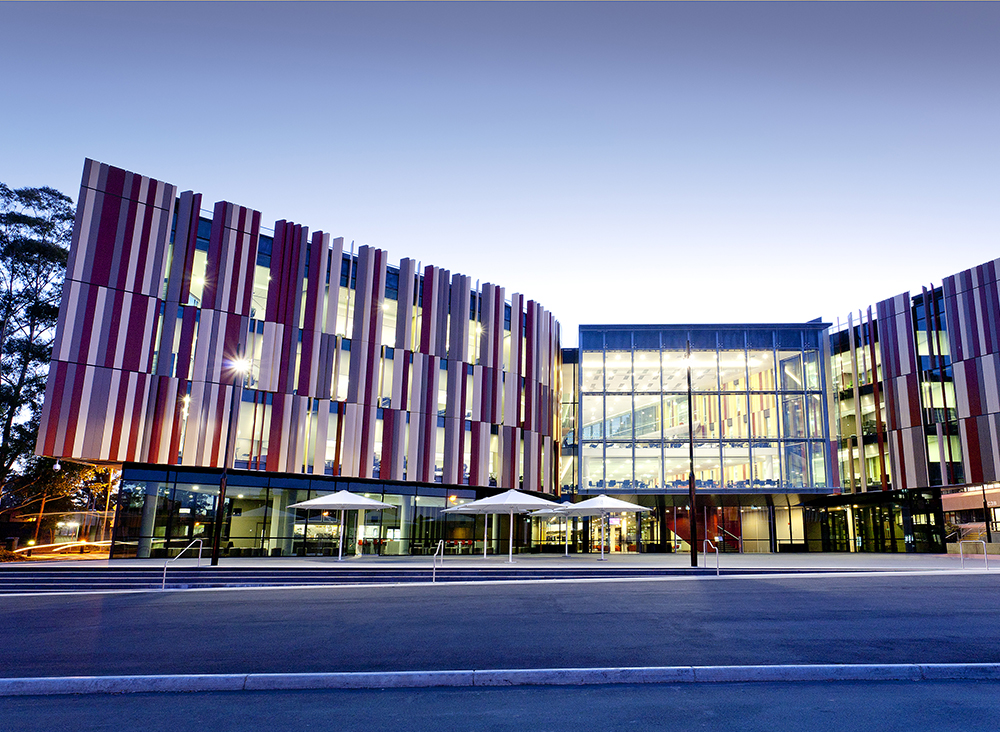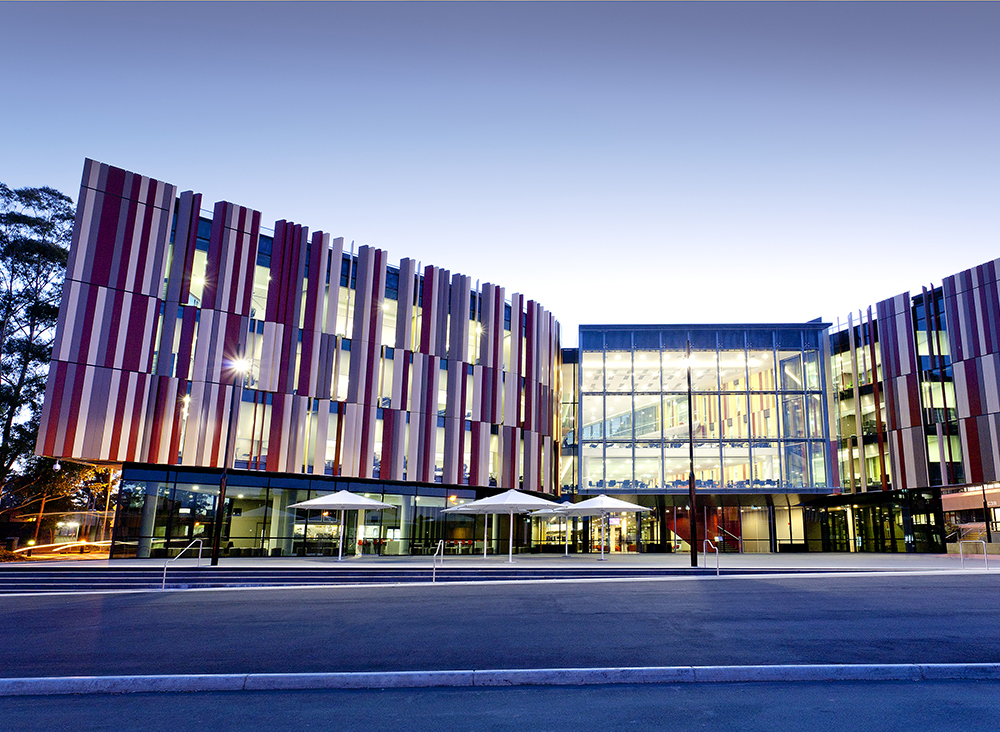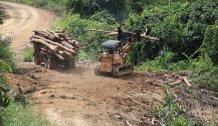
The blast, known as a gamma-ray burst (GRB), was first picked up by sensors on veteran spacecraft Voyager 1 last October, only arriving at Earth 19 hours later. It was then detected by several gamma-ray space telescopes, such as NASA’s Swift and Fermi, and the European Space Agency’s INTEGRAL.
But two papers published this week show it was spectroscopic data collected by the European Southern Observatory’s (ESO) Very Large Telescope that finally helped locate the origin of the blast in a previously unknown galaxy.
“Initial reports suggested that [the blast] might even be coming from inside our own Milky Way galaxy,” says Dr Tayyaba Zafar, of Macquarie University’s Australian Astronomical Optics (AAO), an author of a paper describing the discovery. “But we were able to accurately measure the distance because we had the spectroscopic data, as well as infrared and optical, from ESO.”
Scientists believe the blast was so bright because of its relative proximity and because the beam of radiation was pointing in our direction. It was also detectable for an unusually long time. Gamma-ray bursts can last from milliseconds to a few hours but this one, designated GRB221009A, could be observed for 10 hours.
There was also no sign of a supernova, which would normally be expected with such a massive explosion.
“With something this large, you expect that it must be a star dying in an explosion at the end of its life,” says Dr Zafar. “We now think it must have collapsed immediately in on itself to become a black hole.”
While this is the brightest gamma-ray burst seen from Earth in the 55 years since the first gamma-ray satellites were put in orbit, Dr Zafar’s team, led by Dr Daniele Bjørn Malesani of Radboud University in The Netherlands, believe blasts this size may occur every 1000 years or so.
The paper identifying the location of the blast involved 42 scientists from 30 research institutions around the world. It has been peer reviewed and accepted for publication in the journal Astronomy & Astrophysics. A pre-print copy is available here.
A second paper by a team led by Andrew Levan, of Radboud University, which also included Dr Zafar, observed the explosion at longer wavelength using the James Webb Space Telescope (JWST). Combining the ESO spectrum analysis with the JWST data allows for an in-depth investigation of the nature of this blast. It will be published in The Astrophysical Journal Letters, with a pre-print copy available here.
The event has spawned at least 11 papers published in The Astrophysical Journal Letters, representing a vast global collaboration involving dozens of scientists.
Dr Zafar is internationally renowned as an expert in the effects of dust on light as it journeys across space.
“For both the studies, I modelled the effects of dust on the spectra of the GRB and how its light was extinguished as it travelled through our galaxy,” she says.



